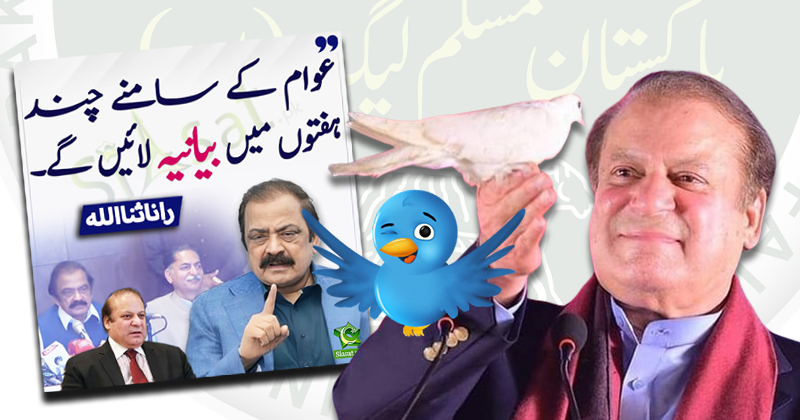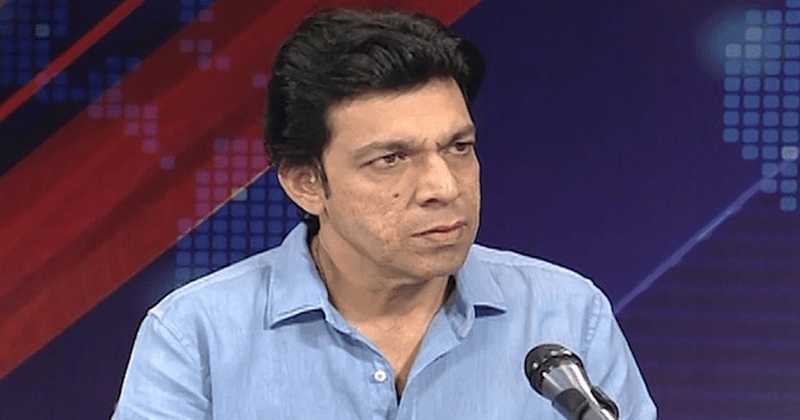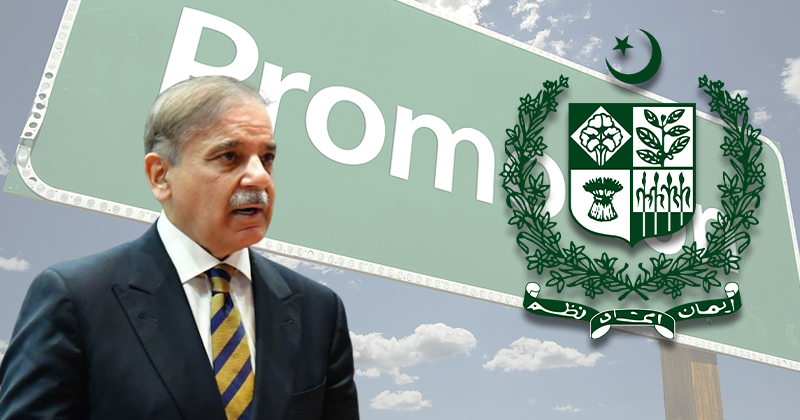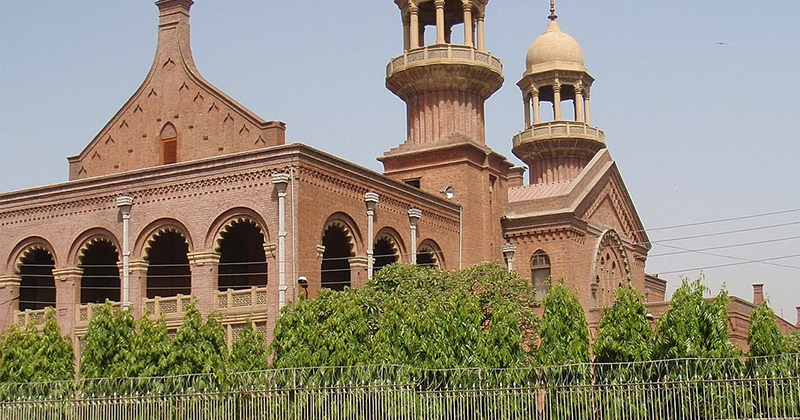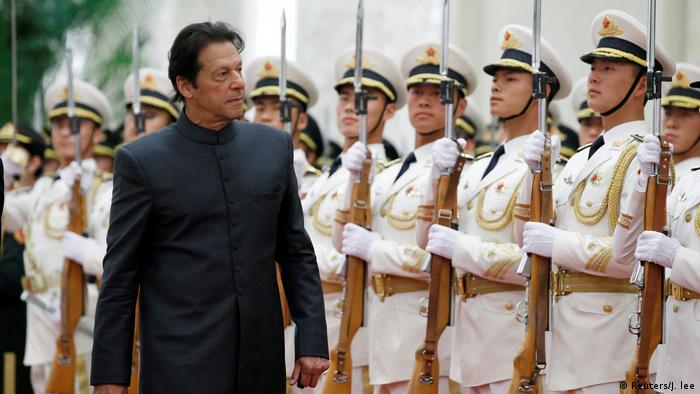
Pakistan's local debt market has rarely been a place even the least risk-averse investors have chosen to venture. But the Asian country's sovereign bonds are seeing unprecedented inflows of foreign money, with global investors buying up 1-year bonds worth $642 million (€580 million) in November alone. This is expected to reach a record $3 billion by the end of the fiscal year.
Foreign direct investment surged 200% in the first half of 2019, according to the financial adviser to the prime minister, Abdul Hafeez Shaikh, while stocks have also risen. The main Karachi stock index is up 13% over the past month, making it the best-performing stock exchange of 94 tracked by Bloomberg.
The central bank doubled the main benchmark interest rate to 13.25% this year, which is now the highest in Asia, as part of efforts to rein in inflation and show its willingness to reform public finances as a precursor to IMF support.
But the rupee is down almost 50% against the dollar this year and is one of the world's worst-performing currencies. This followed the central bank introducing more flexibility to the existing managed-float system. The lower real effective exchange rate, however, means foreigners can earn far higher returns on local currency bonds. And therein perhaps lies the rub.
A good bet for some
"A double-digit yield on a cheap currency is a good value trade in itself," Charles Robertson from Renaissance Capital told DW. "I would recommend investors keep buying Pakistan while it offers double-digit interest rates," he added.
Even central bank rate cuts of a few percent would still make Pakistan interesting, Roberston went on. "The current policy choices of Pakistan offer the country the best chance of getting onto a sustainable growth path. Borrowing costs are lower thanks to foreign investors buying government debt."
Of 1-year papers bought in November, 55% were from the UK and 44% from the US, central bank data showed.
Pakistan also said recently it will issue $1 billion worth of so-called "panda bonds" in the first quarter of 2020 in the Chinese market for the first time in yuan, Habib Bank CEO Muhammad Aurangzeb said. A Panda bond is a Chinese renminbi-denominated bond from a non-Chinese issuer, sold in China.
IMF support: A double-edged sword
Such fast cash though usually comes with one or two caveats. The higher the yield, the greater the risk. Buttressed by International Monetary Fund (IMF) support, the government earlier this year embarked on a plan that has become familiar to many developing nations that agree to IMF terms in return for assistance: cuts in government expenditure, the "restoration" of fiscal discipline, "incentivization" of exports and cuts in the current account deficit.
The government also agreed to raise revenue by more than 40% in the fiscal year that began in July, a target many believe is unrealistic. Lowering electricity subsidies, another condition of the loan, threatens to further ignite oppositional ire.
The IMF program targets higher foreign exchange reserves and has unlocked external funding from partners including the Asian Development Bank and the World Bank.
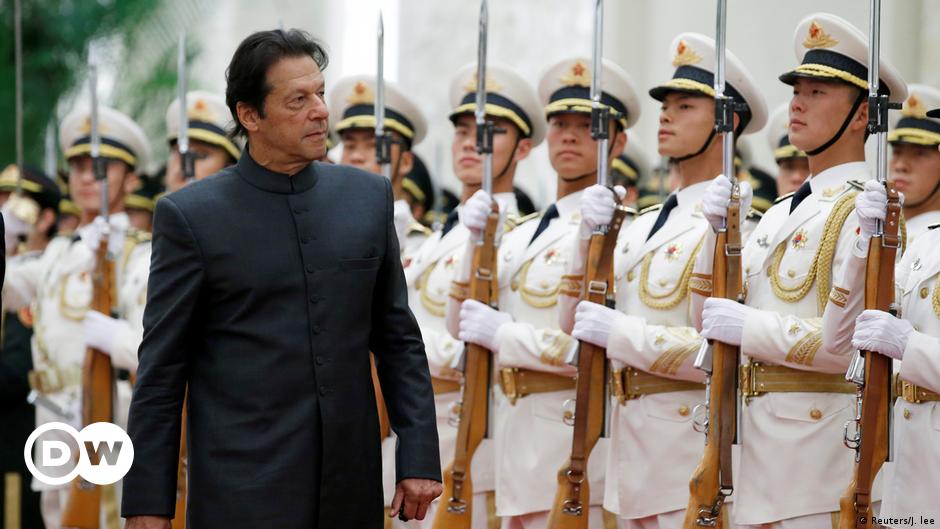
Imran Khan's word is his bond – DW – 12/03/2019
Pakistan's sovereign bonds have never been a highly valued commodity, but global investors pumped $642.5 million into local currency bonds in November. The question is, how long will it last?
















